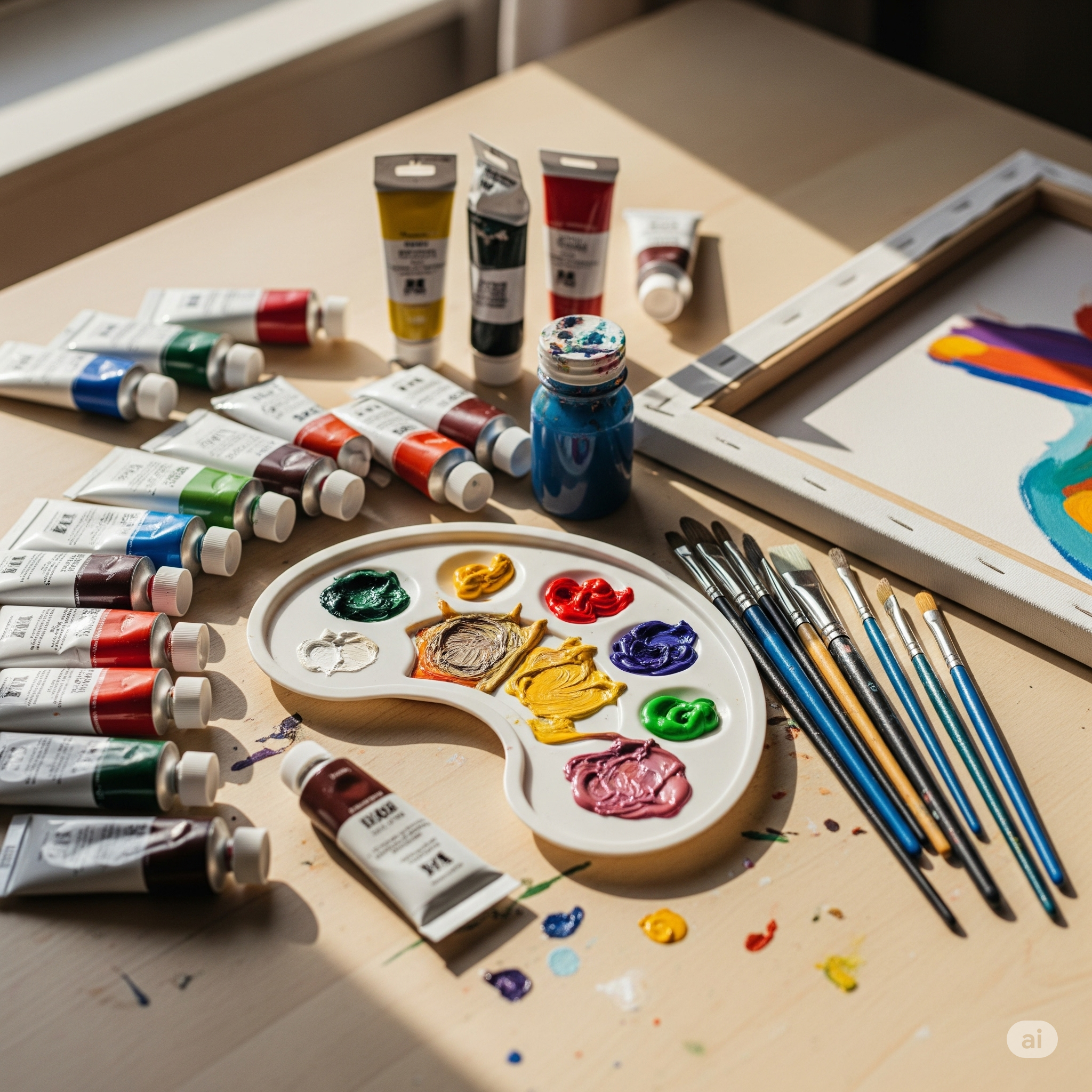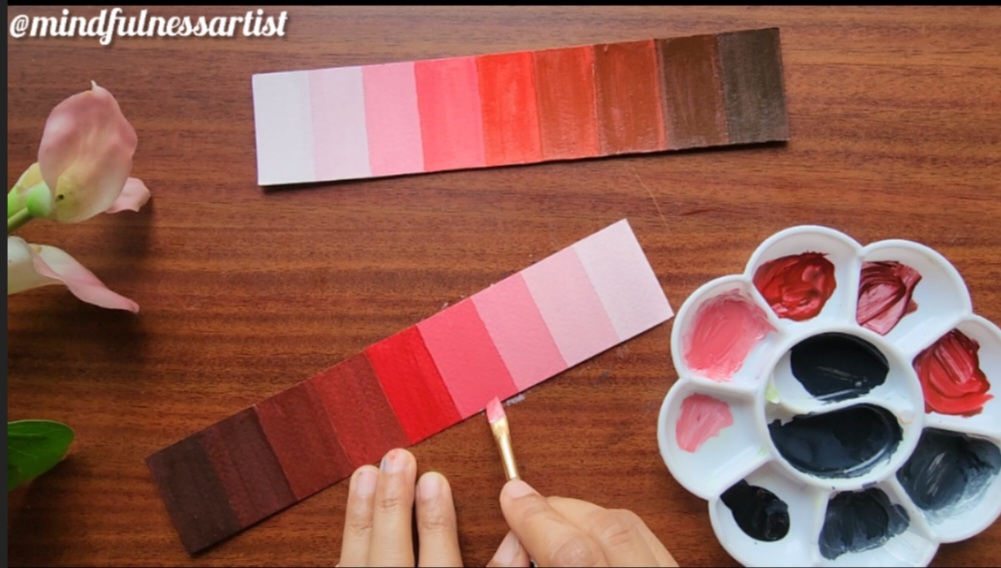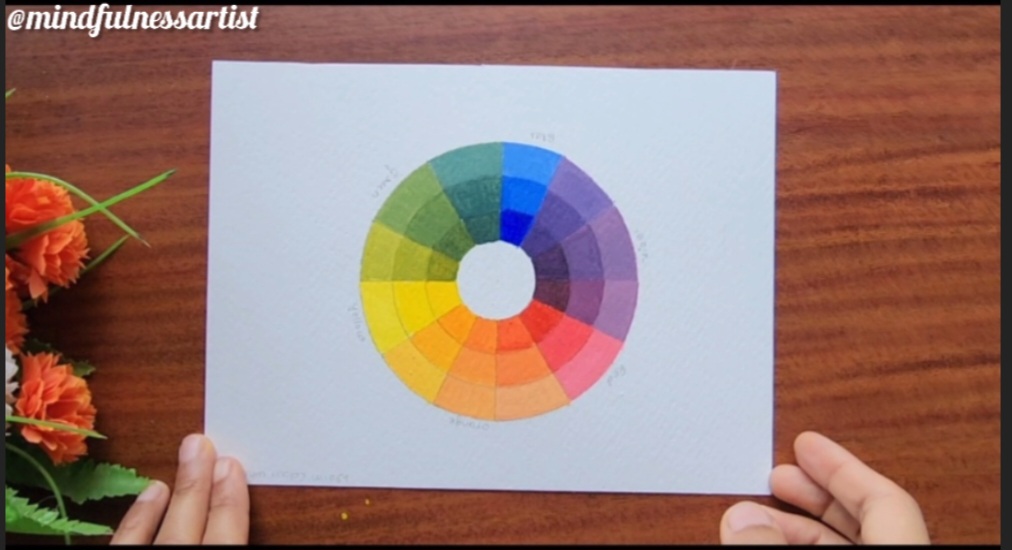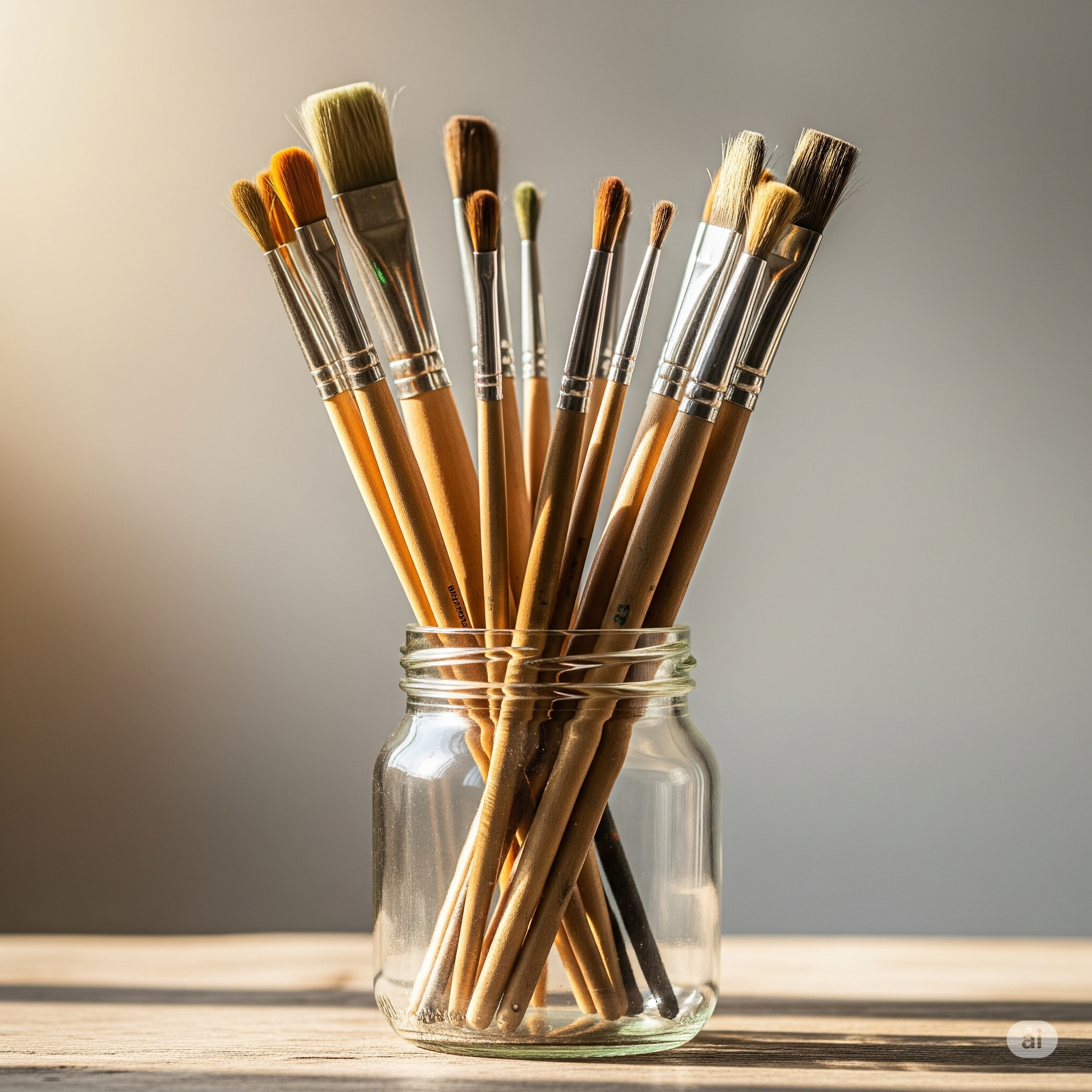
Brushes are an artist’s best friend. They are the tools that translate your vision into reality on the canvas. But with so many types and sizes, it can be overwhelming to know where to begin. This guide will walk you through essential brushwork techniques, helping you unlock your creative potential and bring your paintings to life.
The Foundation: Basic Strokes and Blending
Before diving into complex subjects, it’s crucial to practice fundamental strokes,Lines. Practice making straight lines, curved lines, and S-curves. These basic movements build muscle memory and control. Vary the pressure on your brush to create thin and thick lines, adding dimension to your work.
Brush Types and Their Techniques
Different brushes are designed for specific purposes. Learning to use each one effectively will dramatically improve your art.
Round Brush:
The round brush is a very common brush that every artist should have. It has a pointed tip and a full, rounded base. This makes it great for painting small details and thin lines. You can also press harder on the brush to make thicker lines and then lift up to make them thin again. This is a great technique for painting things like flower petals and other delicate shapes.
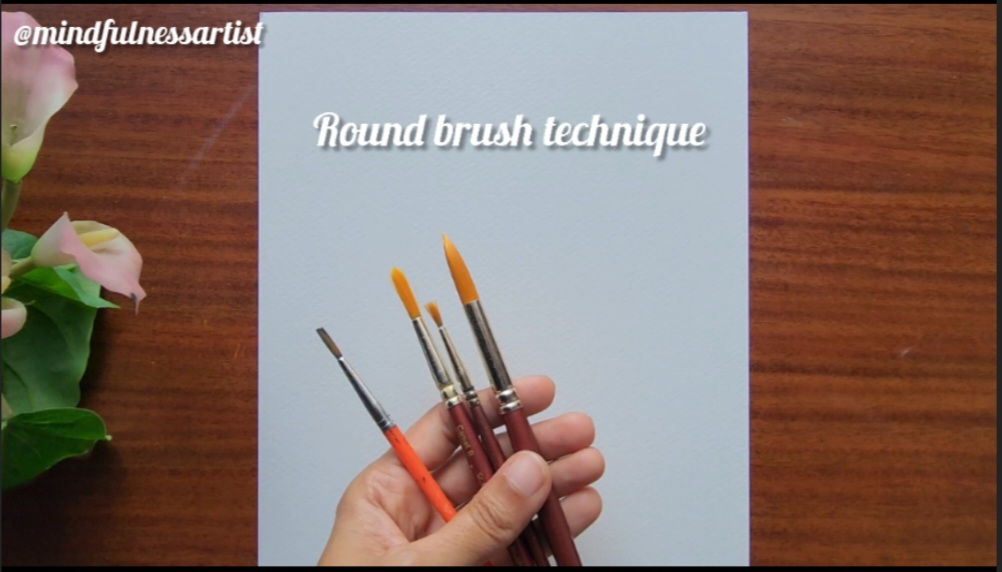
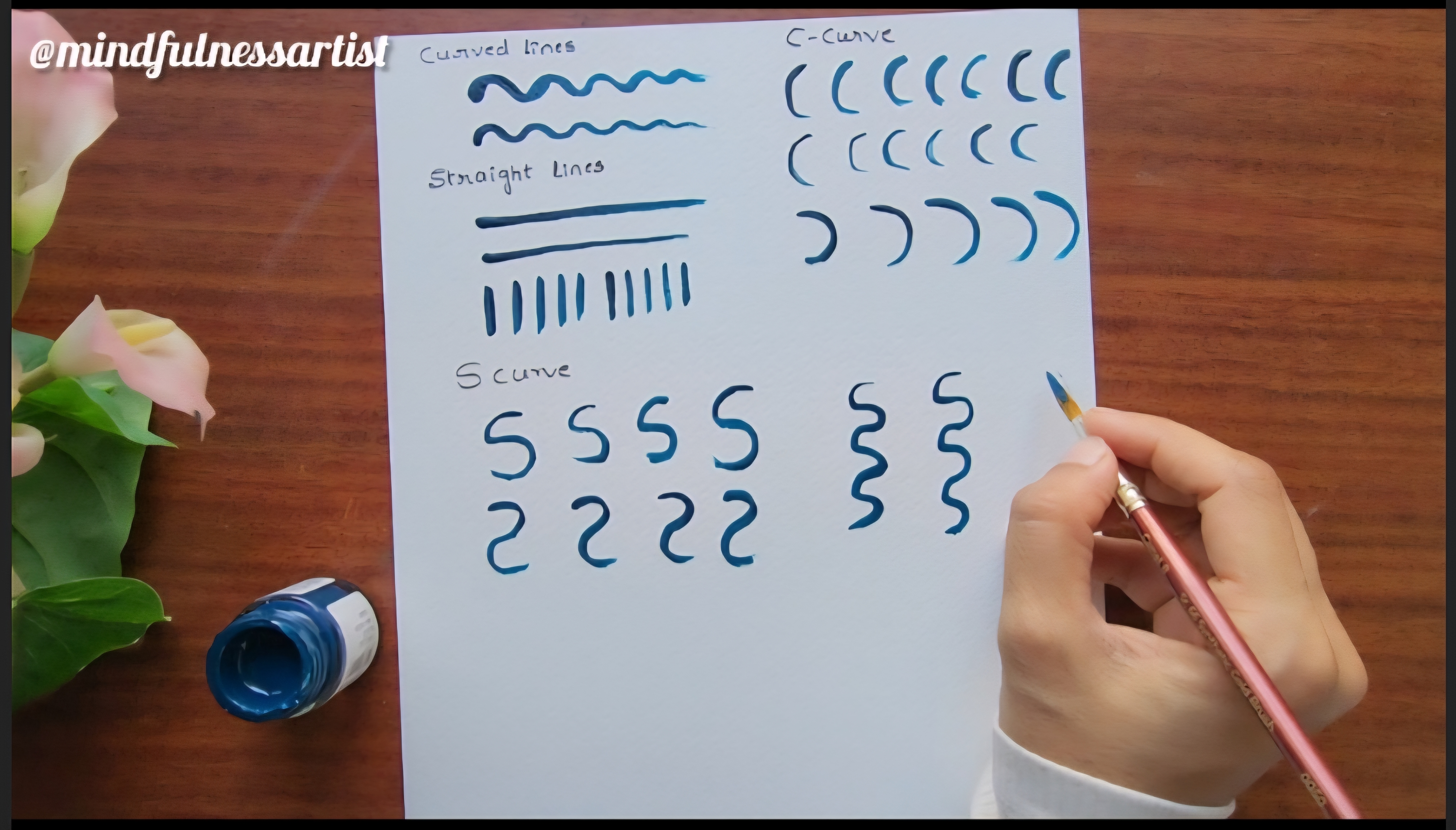
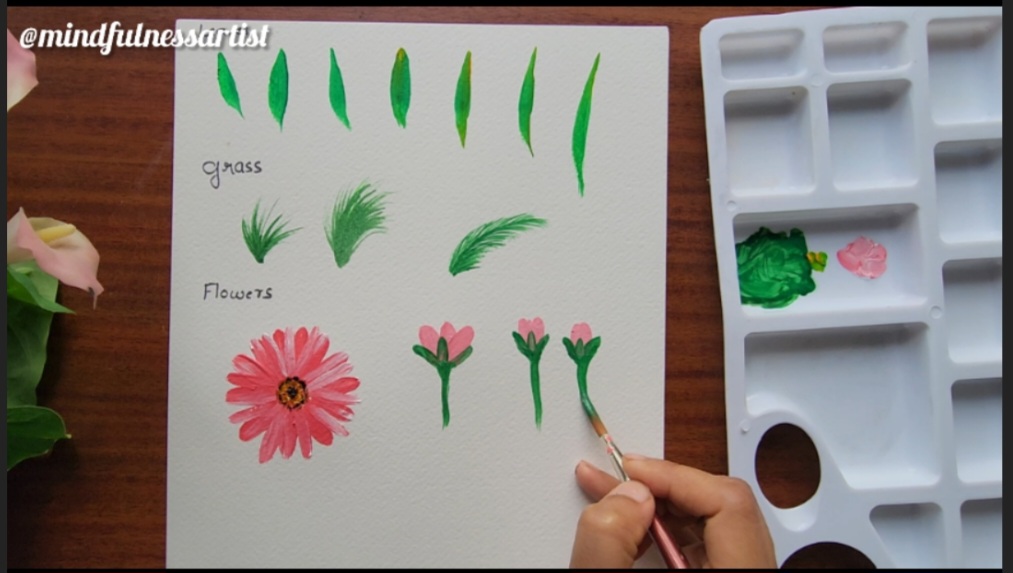
Flat Brush:
A flat brush has a square or rectangular head with long bristles. It’s excellent for creating clean lines, broad strokes, and block shapes. You can also use the edge for fine details. A flat brush is ideal for painting grass and leaves.
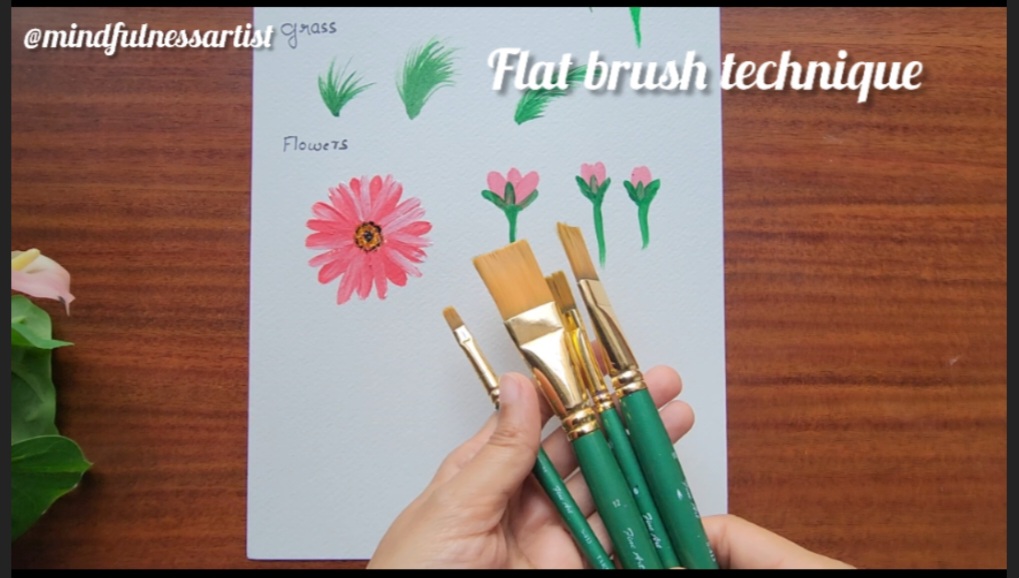
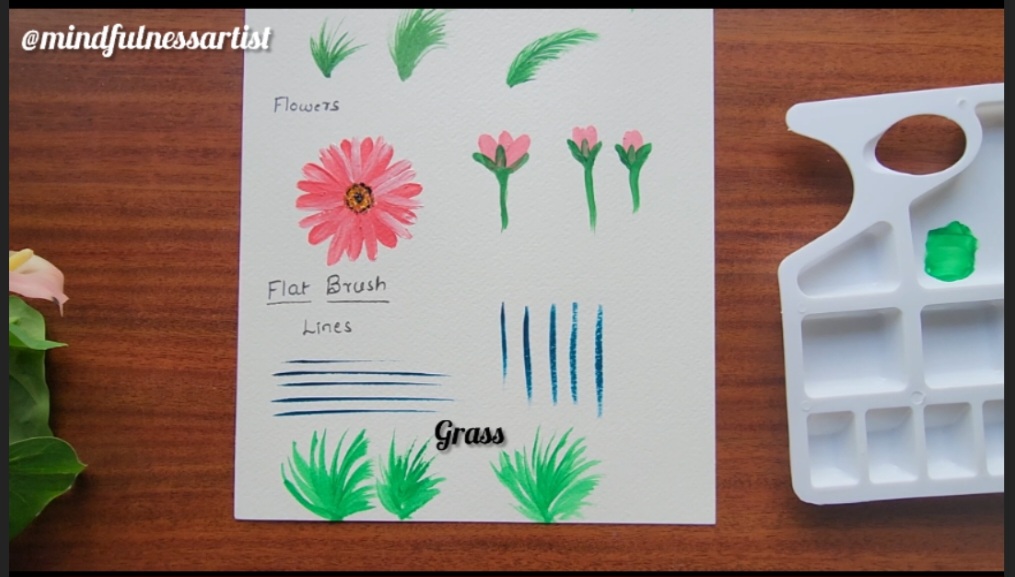
Blending
- Blending is a key technique for creating smooth transitions between colors. Start with two colors side by side, then use a clean brush to gently merge the edges. This is perfect for creating gradients in a sky or adding depth to shadows.
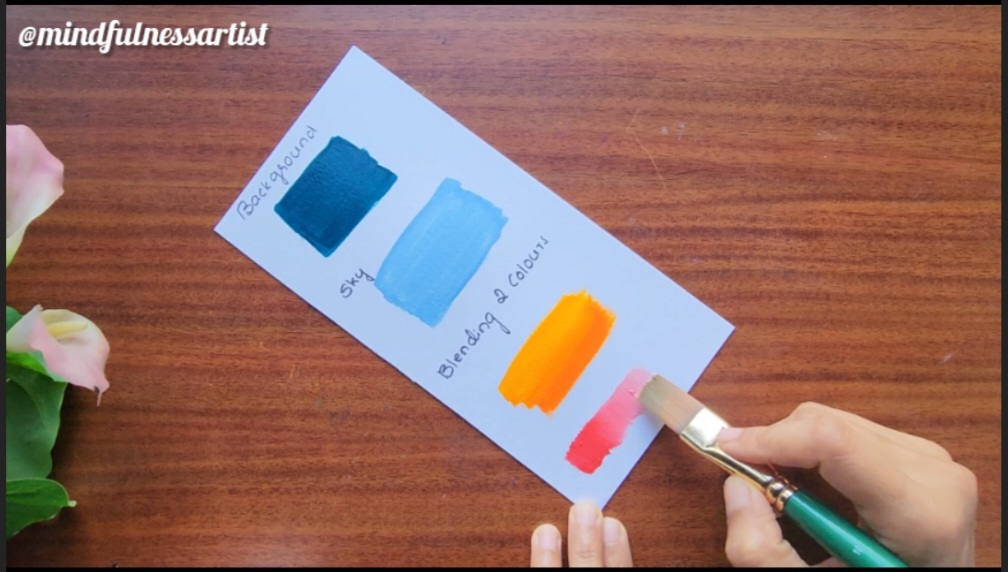
Fan Brush:
As its name suggests, this brush has bristles arranged in a fan shape. It’s an essential tool for creating textures. Use it to paint feathery grass, foliage, and clouds. The unique shape allows you to create multiple strokes at once, adding realistic texture with ease.
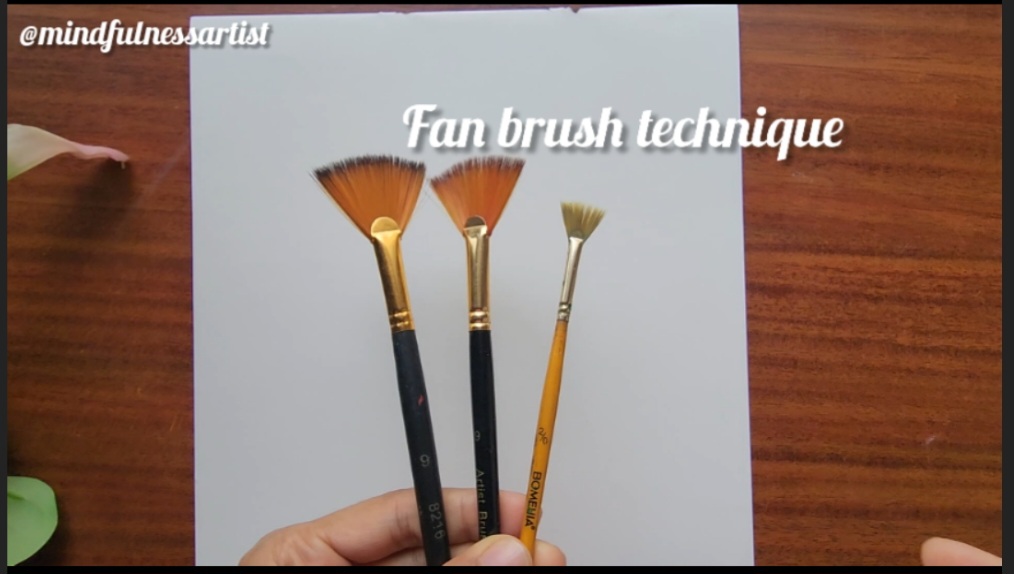
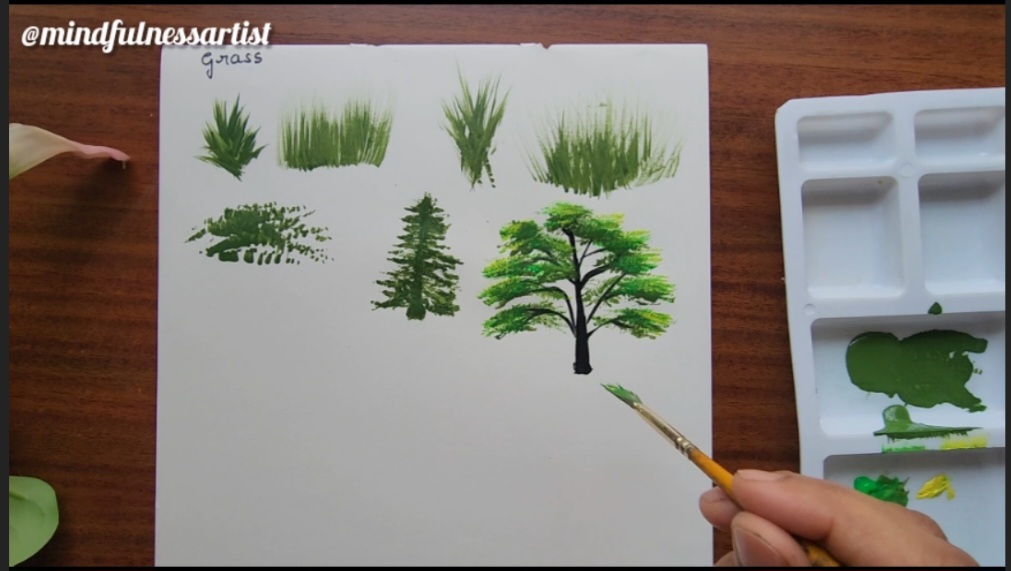
Filbert Brush:
A filbert brush has a flat shape with an oval-rounded top. This versatile brush is perfect for creating soft, rounded edges and is great for blending. It’s often used for painting trees, petals, and grass, as it creates a natural, organic look.
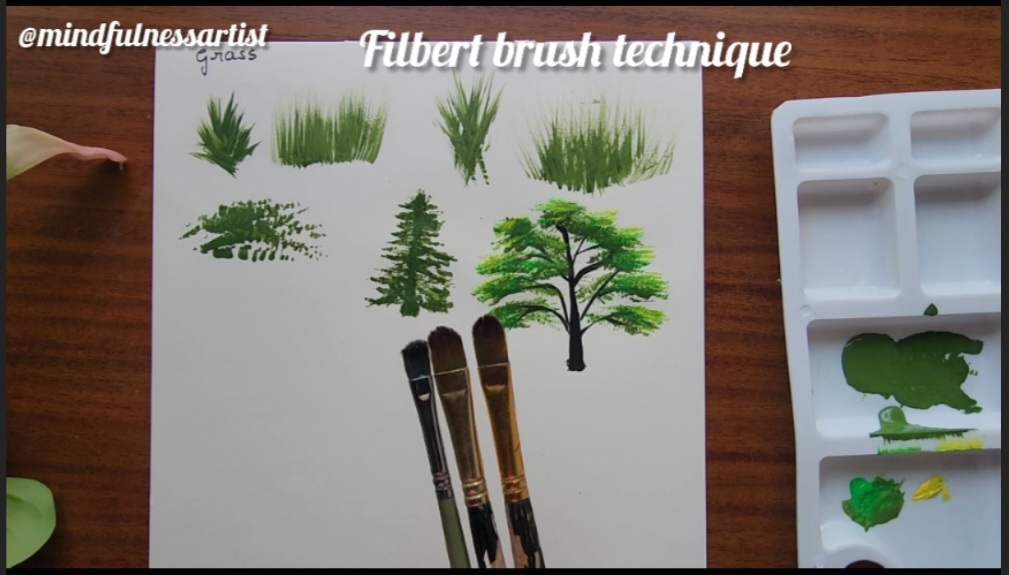
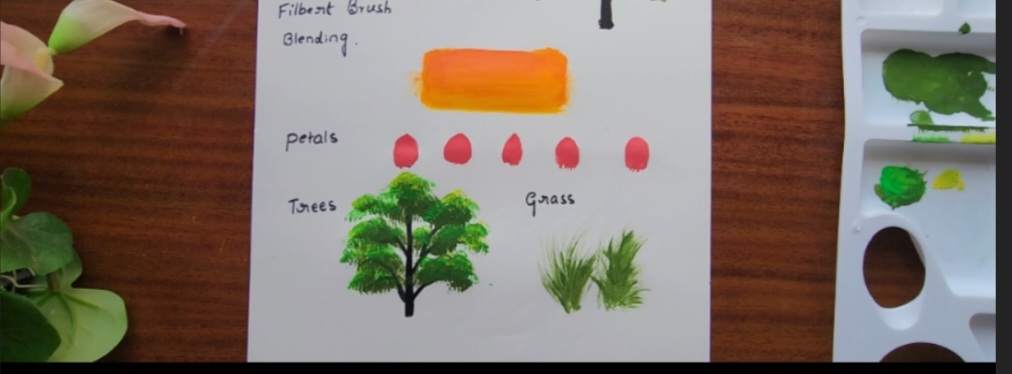
Bringing It All Together
Once you’ve mastered these individual techniques, you can combine them to create beautiful scenes.
- Grass: Use a flat or filbert brush for broad blades of grass, and a fan brush for a wispy, natural look.
- Flowers: Use a round or filbert brush to create petals, varying the pressure to give them a natural shape.
- Trees: A filbert brush can create the canopy of a tree, while a small round brush is perfect for painting the trunk and branches.
By understanding these basic brushwork techniques and the purpose of each brush, you’ll be well on your way to creating stunning artwork. Remember, practice is key, so don’t be afraid to experiment and have fun with your brushes!

